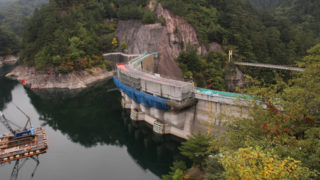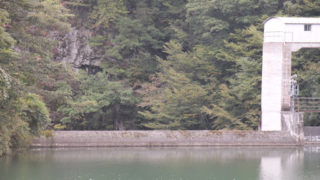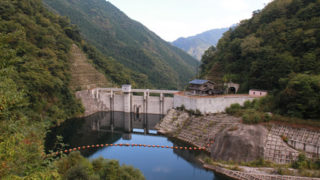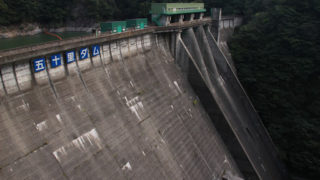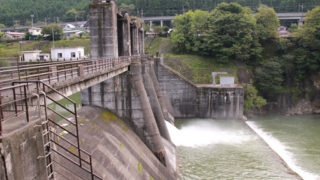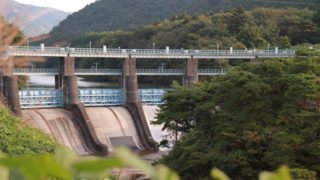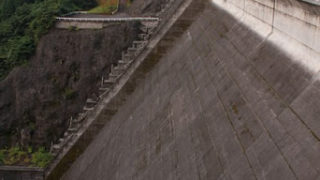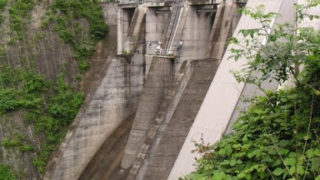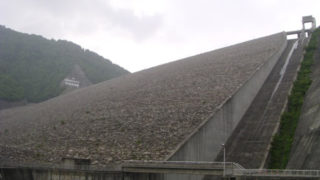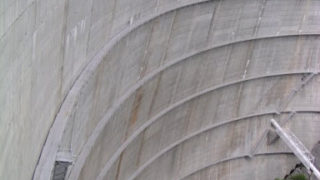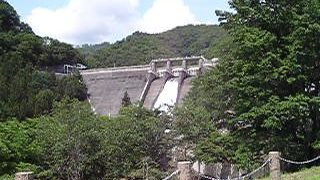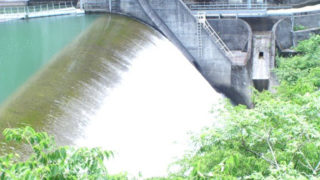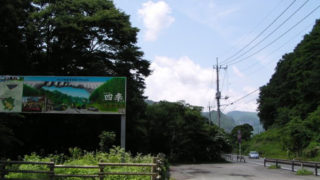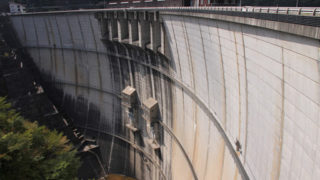 Tochigi Prefecture Dam
Tochigi Prefecture Dam0571-kawaji dam
It is the fourth tallest arch dam in Japan, and the catwalk can be visited. It is indeed a dam full of attractions. Of course, it is not only a sight to see, but it also works wonderfully and is an important base for protecting the downstream Kinugawa River. Protecting the Kinu River means protecting the urban areas downstream. We must not forget that. / Arch dam / 140m

